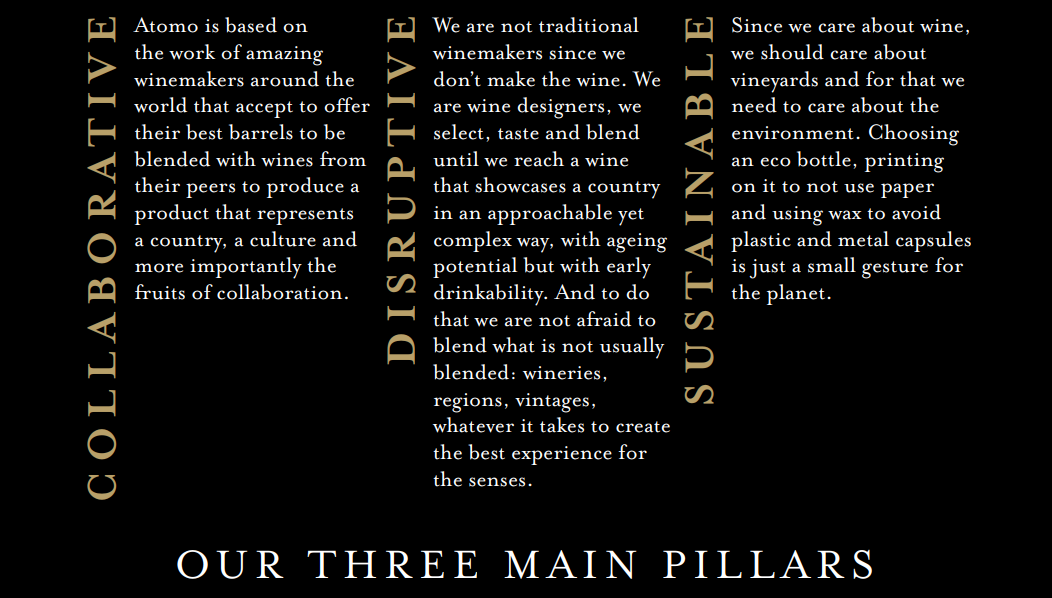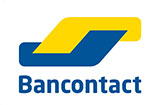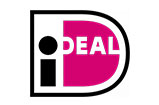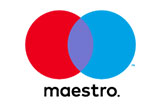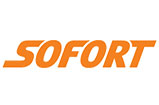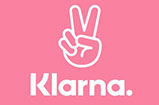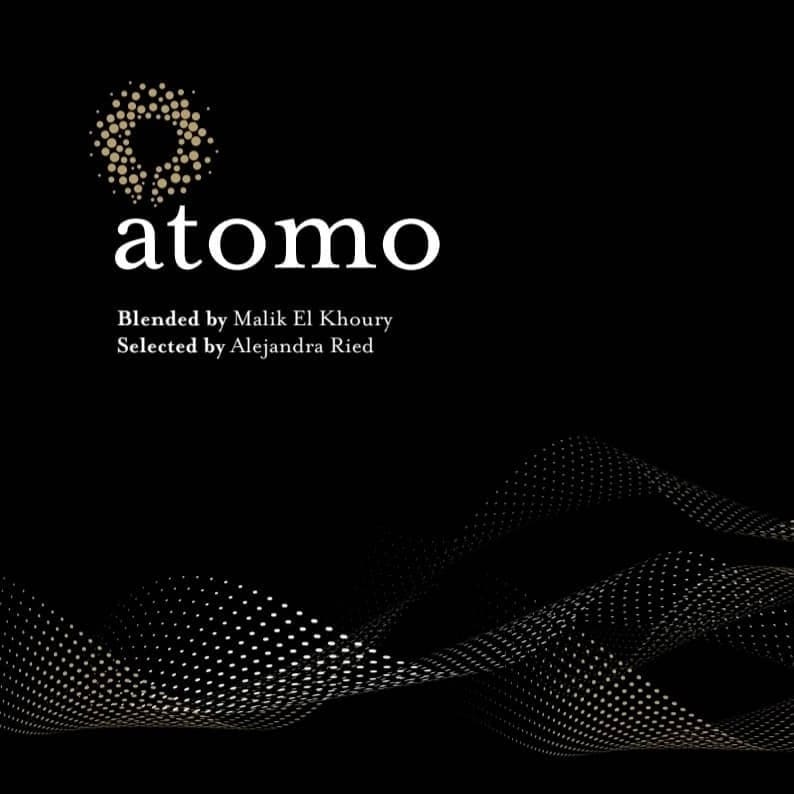

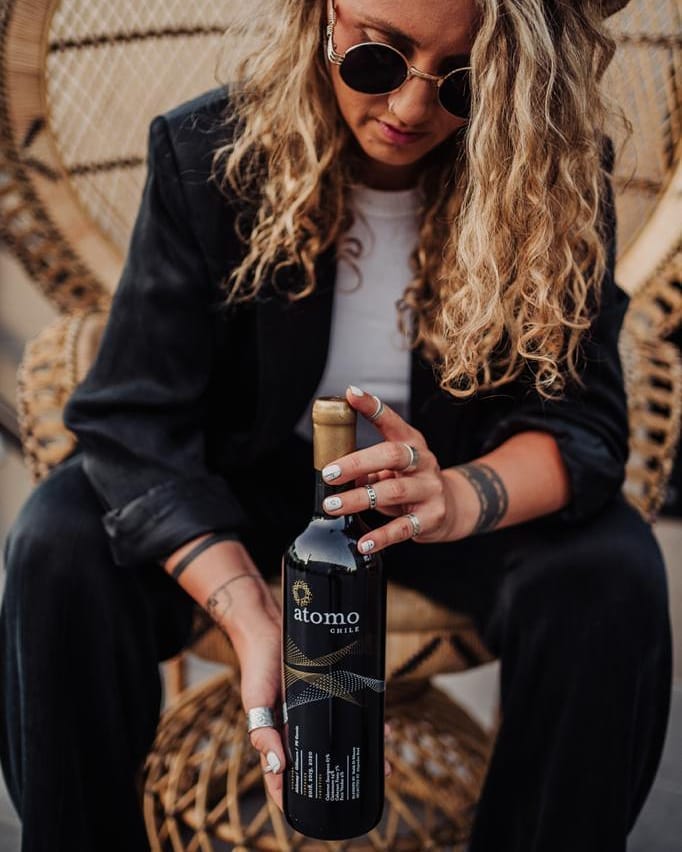
Atomo
HET ATOMO PROJECT
Atomo, het geesteskind van wijnontwerpers Alejandra Ried en Malik El Khoury combineert verborgen juweeltjes geselecteerd uit de beste vaten en jaargangen. We reizen de hele wereld over om u een uitdagend vreugdevolle uitdrukking van elk land te geven; zijn terroirs en culturen; via hun wijnen
HUN IDEE
Het idee is om op een disruptieve manier een geweldige wijn te maken. Zij zijn ervan overtuigd dat de beste wijnen worden gemaakt door te blenden en dat dit is waar ze waarde kunnen toevoegen. Wanneer wijnmakerijen blenden, zijn ze beperkt tot de wijnen die ze produceren en moeten ze het beste doen met wat ze hebben. Zij hebben besloten deze beperking weg te nemen door de verscheidene wijnmakers de wijn te laten maken op hun best mogelijke manier. Zij selecteren vervolgens de wijnen die ze lekker vinden en blenden ze samen tot een nog betere wijn.
HUN VERHAAL
Reizen rond de wereld bracht hem naar Chili, waar hij een geweldige vrouw ontmoette, een sterke en gekke sommeliere met een samenwerkende spirit. Met grote dromen en bereid om samen de regels te overtreden, schudden ze de wijnindustrie door elkaar op een manier die nog nooit eerder is gedaan. Het samenbrengen van wijnen van geweldige wijnmakers in Chili was het begin van wat snel een internationaal fenomeen aan het worden is. De gekte zette zich voort in Europa, waar deskundigen het idee met liefde en passie ontvingen en hen hielpen hun werk overal ter wereld te delen. Volgende bestemming Libanon, in een tijd dat het land dit het meest nodig had, vlogen ze om de bevolking te ontmoeten, hun cultuur te begrijpen, hun bodem en terroirs te ontdekken en de magische wijnen te proeven die daar sinds het begin der tijden zijn gemaakt. Ontmoeten en delen met bijna elke wijnmakerij in het land waar Atomo Lebanon werd geboren, en waar de vruchten van samenwerking in een huilend en bloedend land worden getoond. Wijn brengt vreugde en liefde als je er samen van geniet, maar hoop en kracht als je het samen maakt. Sluit je bij hen aan en maak deel uit van deze revolutionaire samenwerking over de hele wereld.
HUN PROCES
In elk land is het proces vrijwel hetzelfde, ze beginnen door het land rond te reizen om “rauwe” wijnen van verschillende wijnhuizen te proeven met de nadruk op kleine producenten, micro-terroirs en kleine batches. Ze proeven monovariëteiten van meerdere wijnjaren die zijn gevinifieerd en op verschillende manieren gerijpt, meestal proeven ze uit vaten, maar soms zijn het amforen, tanks, betonnen eieren, enz. Vervolgens selecteren ze de vaten waarvan ze denken dat ze met elkaar kunnen worden gemengd en verzamelen ze monsters. Met de monsters van alle wijnhuizen beginnen ze blind te blenden, zodra de blend klaar is ontdekken ze wie de geselecteerde wijnhuizen zijn en krijgen ze uit elk geselecteerd monster de hoeveelheid liters die ze nodig hebben. Omdat de wijnhuizen die hun beste wijnen hebben geleverd om die blend te maken dit allemaal mogelijk hebben gemaakt, presenteren ze hun namen natuurlijk op het etiket aan de voorkant, zodat de wereld het weet.
